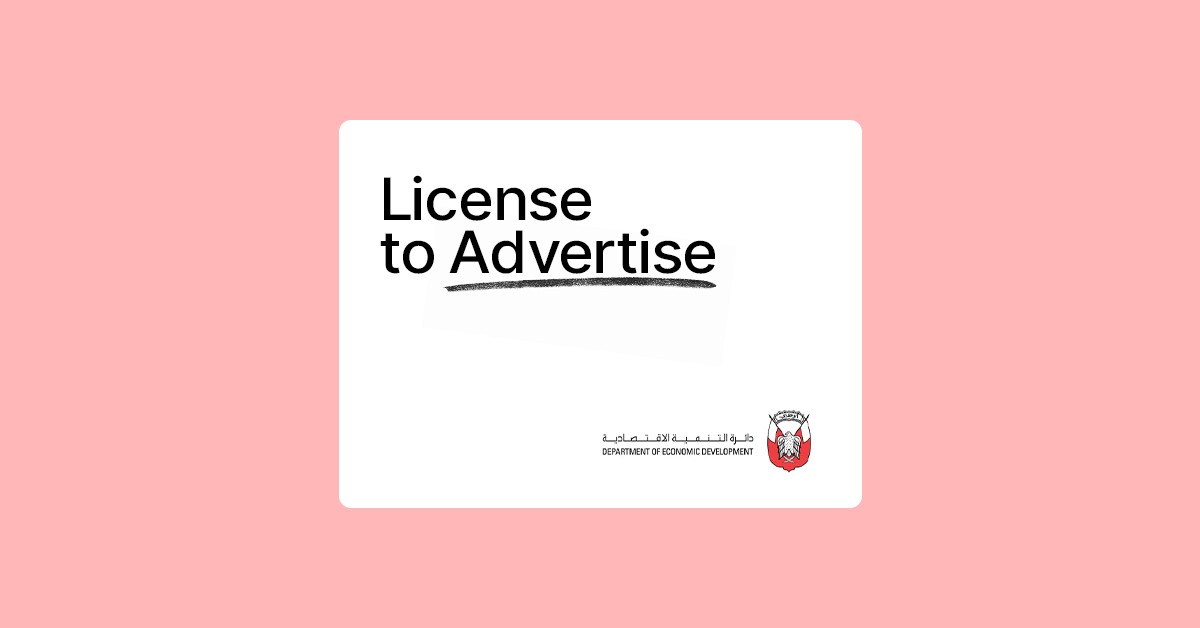Influencer Marketing
Micro-Influencers
Is Less More? The Unmatched Power of Micro-Influencers
/
In the UAE's fast-paced digital landscape, the rise of micro-influencers—those with 10,000 to 100,000 followers—isn't just a trend; it's a game-changer. While macro-influencers may boast massive followings, they often lack the authenticity and engagement that brands need to drive real results. Micro-influencers, on the other hand, deliver where it matters most—trust and influence over niche audiences.
The Unique Strength of Micro-Influencers
Micro-influencers are redefining what it means to have influence. They strike the perfect balance between reach and engagement, offering more than just numbers—they offer communities built on trust, shared interests, and meaningful interactions. Unlike nano-influencers, who cater to hyper-local niches, or macro-influencers, who appeal to the masses, micro-influencers create a space where brands can connect deeply with engaged audiences ready to act on recommendations.
In the UAE and KSA, where consumer behavior is driven by personal connections and trust, micro-influencers provide brands with a unique opportunity to build authentic relationships that lead to real-world results. This isn't just about vanity metrics; it's about cultivating genuine influence that translates into business growth.
Real-World Success: The Dubai Chocolate Phenomenon
One of the most compelling examples of micro-influencer power is the recent success story of FIX Dessert Chocolatier, famously known online as the "Dubai Chocolate." This brand leveraged the influence of micro-influencers on TikTok to create an unparalleled wave of FOMO (Fear of Missing Out). By partnering with influencers who had strong local followings, FIX generated immense interest and exclusivity around their product.
The brand orchestrated a campaign where their chocolate was only available for a few hours each day via Deliveroo, heightening demand and urgency. The initial buzz was so powerful that other influencers, wanting to capitalize on the trend, began creating content about FIX Dessert Chocolatier for free. This snowball effect resulted in over 800 million views on TikTok, propelling the brand to global fame.
What started as a local campaign turned into earned media coverage on major platforms like CNN, Food Navigator Asia, and Yahoo Life. Today, FIX Dessert Chocolatier is a globally recognized brand, continuously selling out thanks to the strategic use of micro-influencers. This case study underscores how micro-influencers can drive brand success far beyond initial expectations, especially in markets like the UAE and KSA where exclusivity and authenticity are highly valued.
Leveraging Micro-Influencers in the UAE
In discerning markets like the UAE and KSA, authenticity is paramount. Consumers here are increasingly skeptical of over-polished endorsements from mega-influencers. They crave genuine connections, and that’s where micro-influencers excel. Their ability to deliver messages that resonate with close-knit communities makes them an indispensable asset for brands aiming to make a lasting impact.
For brands serious about standing out in these competitive digital spaces, focusing on engagement through micro-influencers is crucial. They offer the perfect blend of reach and trust, providing brands with the authenticity that today’s consumers demand.
Data-Driven Insights: Micro-Influencer Power by the Numbers
The impact of micro-influencers isn’t just anecdotal—it’s backed by hard data, particularly relevant to the UAE and KSA markets:
1. Micro-influencers make up 47.3% of all content creators, dominating the industry by sheer volume and influence. In regions like the UAE and KSA, where digital content consumption is skyrocketing, this dominance cannot be overlooked.
2. Micro-influencers boast over a 20% higher conversion rate than larger influencers, a critical metric for brands operating in markets where consumer trust is hard to earn and easy to lose. This higher conversion rate reflects the strong, personal connections that micro-influencers have with their followers, leading to more impactful brand recommendations.
3. Engagement rates of 2-3% are considered ideal when choosing a micro-influencer, making them highly effective for targeted campaigns in niche markets. In the UAE and KSA, where community ties and personal recommendations hold significant weight, these engagement rates can translate into real consumer action.
4. Images posted by micro-influencers generate a 20% ROI, which is 7% more than those from macro-influencers. This increased ROI is particularly valuable in the UAE and KSA markets, where high returns on investment are crucial for justifying marketing spend in a competitive landscape.
These statistics highlight why micro-influencers should be at the forefront of any brand’s marketing strategy, particularly in regions like the UAE and KSA where consumer engagement and trust are key drivers of success.
Another Success Story: CHOCOMELT’s Viral Nutella Cake
Imfluence played a pivotal role in the viral success of CHOCOMELT’s Nutella Cake during Ramadan, a campaign that further illustrates the power of micro-influencers. By collaborating with select micro-influencers on TikTok, Imfluence created a massive wave of FOMO that resonated deeply with the audience. This carefully orchestrated campaign led to an avalanche of user-generated content, as other influencers jumped on the trend to boost their own engagement.
The result? CHOCOMELT’s Nutella Cake became a sensation, with the campaign reaching millions of views and driving record sales. The success of this campaign likely served as inspiration for FIX Dessert Chocolatier’s approach, demonstrating how effective micro-influencer strategies can be when executed with precision and creativity.
Thought Leadership: Redefining Influencer Marketing
The success stories of FIX Dessert Chocolatier and CHOCOMELT are not isolated incidents—they are indicators of a broader shift in the marketing landscape. At Imfluence, we believe that the future of influencer marketing lies not in the size of an influencer’s following, but in the depth of their connection with their audience.
In markets like the UAE and KSA, brands need to move away from outdated metrics like follower count and focus instead on engagement, authenticity, and community building. Micro-influencers are not just a passing trend; they are the vanguard of a new era in digital marketing, where trust and genuine influence reign supreme.
Conclusion
Let’s be clear: Micro-influencers are not just another option in your marketing toolkit—they’re a necessity. In a world where consumers are drowning in content and starved for authenticity, micro-influencers offer the genuine connections that brands need to stand out. By focusing on long-term partnerships, offering creative freedom, and tracking meaningful metrics, you can unlock the full potential of micro-influencers and achieve results that far outweigh those from traditional influencer marketing strategies.
In the UAE’s and KSA’s fast-evolving digital landscape, the brands that succeed will be the ones that understand and leverage the unique power of micro-influencers. Don’t be left behind



